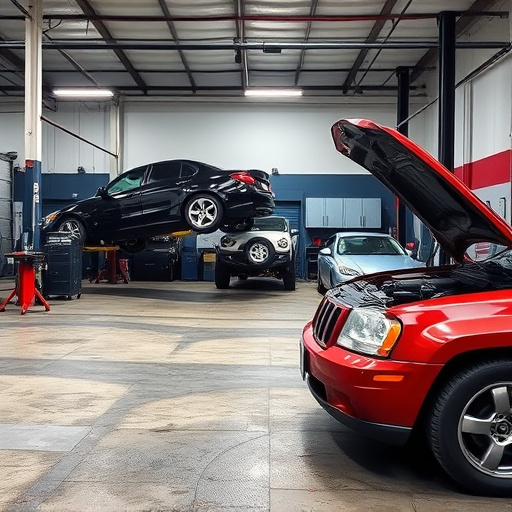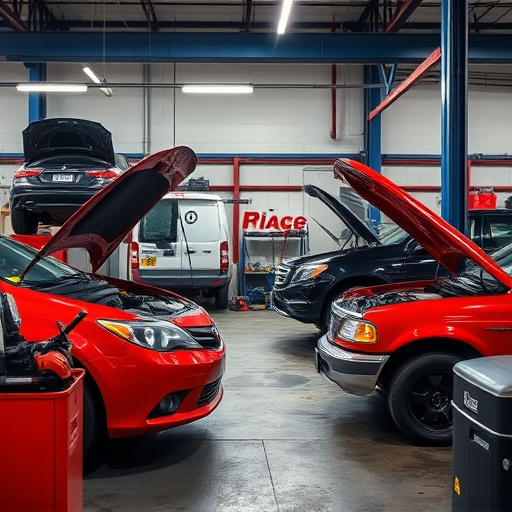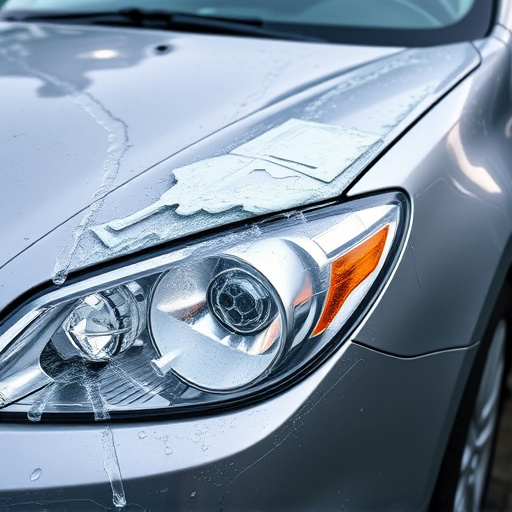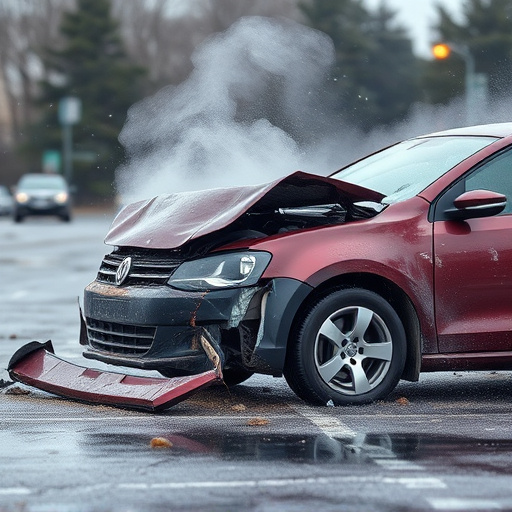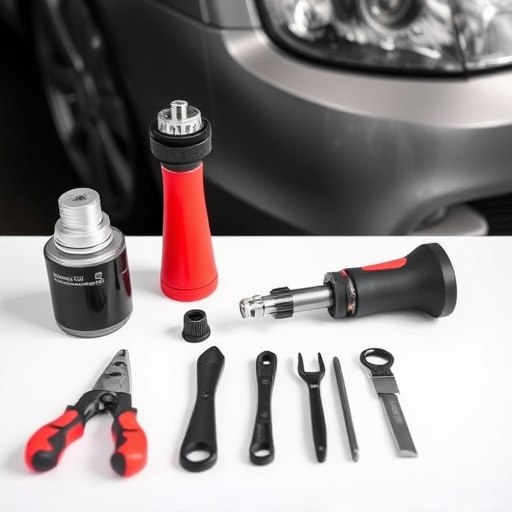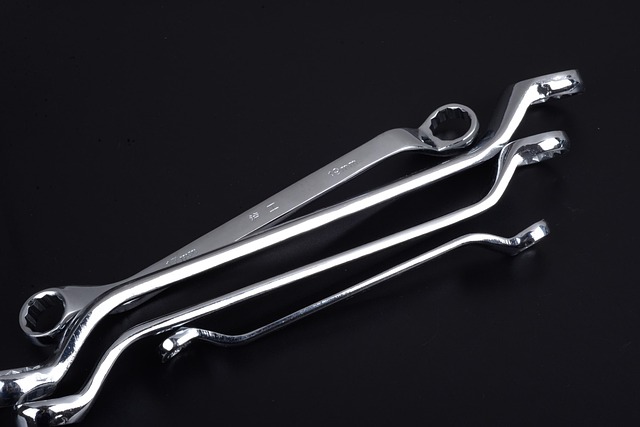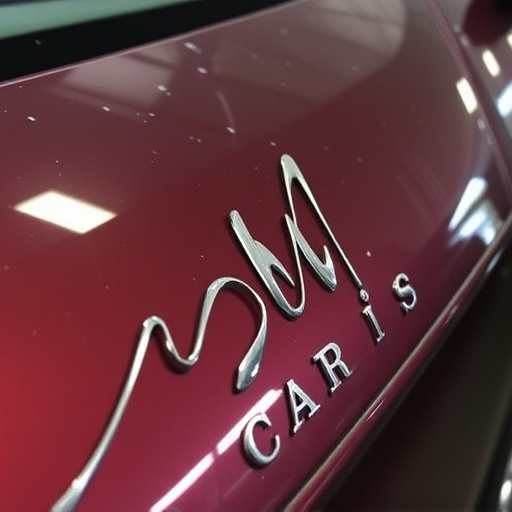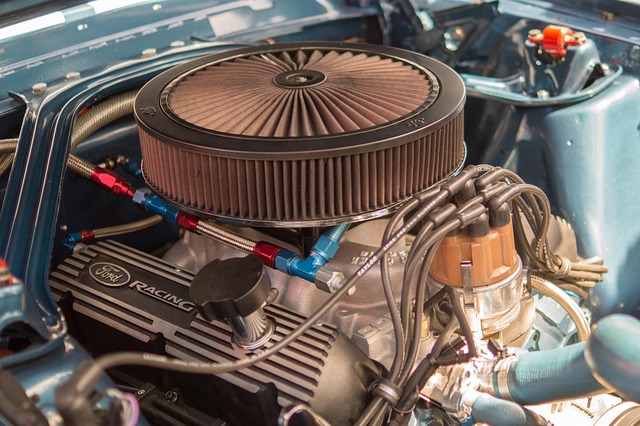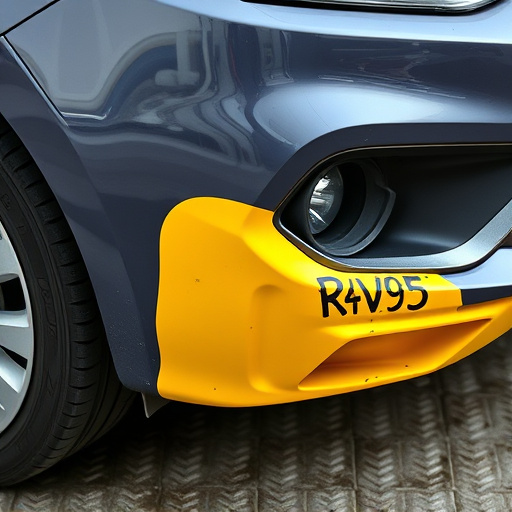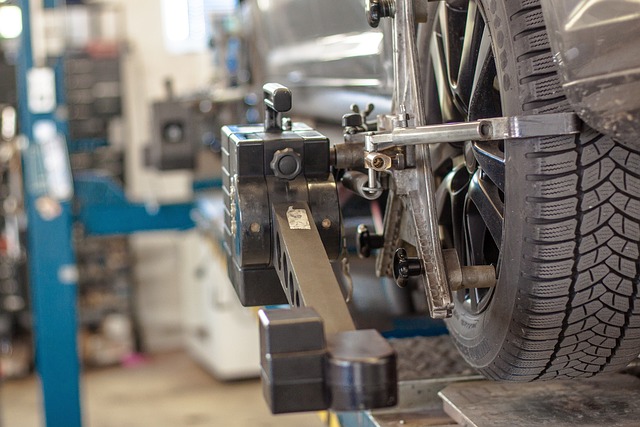Understanding auto insurance coverage for major dent repairs is vital for effective vehicle restoration. Major dents, typically over 2 inches in diameter, require specialized techniques and parts due to their structural impact. The claims process involves contacting insurers, providing details, filing a claim, obtaining estimates, and ensuring communication with the company and designated repair shop. This ensures that repairs align with policy coverage for comprehensive vehicle restoration.
Are you wondering if your insurance covers significant dental repairs? This guide is designed to help you navigate the complexities of understanding and claiming for major dent repairs. We break down what constitutes a ‘major’ dent, demystify the claims process, and provide insights into your role in ensuring a smooth experience. By the end, you’ll have a clear path to managing your dental restoration expenses with confidence.
- Understanding Coverage for Major Dent Repairs
- What Constitutes a 'Major' Dent?
- The Claims Process and Your Role
Understanding Coverage for Major Dent Repairs

When it comes to major dent repairs, understanding your insurance coverage is crucial. Many auto insurance policies include provisions for vehicle body repair, specifically addressing damages caused by accidents or incidents covered under your policy. This can range from minor dings and scratches to more extensive dents that affect the structural integrity of your vehicle.
Knowing exactly what constitutes a ‘major’ dent repair is essential. Typically, this refers to significant damage that requires specialized techniques and parts for effective and safe restoration. It’s worth noting that while auto glass repair might also be covered under certain circumstances, such as storm damage or vandalism, it often has separate considerations and limitations compared to major dent repairs. Regular auto maintenance plays a vital role in preventing minor issues from escalating into major dents, ensuring your vehicle remains in optimal condition.
What Constitutes a 'Major' Dent?

When discussing major dent repair covered by insurance, understanding what constitutes a ‘major’ dent is key. Major dents are typically those that significantly impact the structural integrity and aesthetic appeal of a vehicle. They often result from severe car collisions or impact with solid objects, leading to deep depressions, creases, or even complete panel damage. These types of dents can mar the vehicle’s original finish and affect its overall performance, safety, and resale value.
Considerations for classifying a dent as ‘major’ include its size—usually larger than 2 inches in diameter—and its location on the vehicle body. Dents near critical structural components or that compromise the car’s ability to withstand impact during future collisions are also seen as major. Unlike minor dents, which can often be repaired through simple methods like paintless dent repair or minor panel beating, major dents usually require more extensive procedures such as metal fabrication, replacement panels, and meticulous auto detailing to restore the vehicle’s pre-damage condition.
The Claims Process and Your Role

When a major dent repair is needed, understanding the claims process is crucial. The first step involves contacting your insurance provider to report the incident and initiate the claims process. It’s important to have all relevant details ready, including the date and location of the accident, as well as any damage photos. Your insurer will guide you through the next steps, which typically include filing a formal claim and providing detailed information about the repair required.
During this period, your role is to cooperate fully with your insurance company and the designated repair shop. Be sure to get multiple estimates for the dent repair work, including any related services like auto glass repair or vehicle paint repair, if needed. Keeping open lines of communication ensures a smoother process and helps ensure that the final repairs align with your insurance coverage expectations.
When it comes to major dent repairs, understanding your insurance coverage is crucial. By knowing what constitutes a ‘major’ dent and familiarizing yourself with the claims process, you can navigate this process efficiently. Remember that each policy has its own terms and conditions, so take the time to review yours. With the right preparation, you’ll be able to get your vehicle back in top shape, all while keeping costs manageable through potential insurance coverage.
